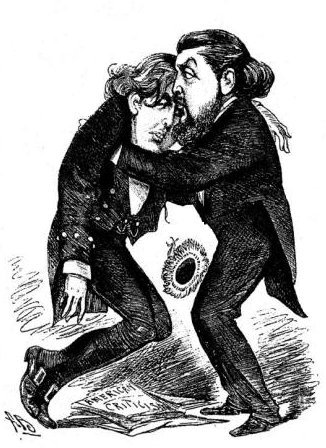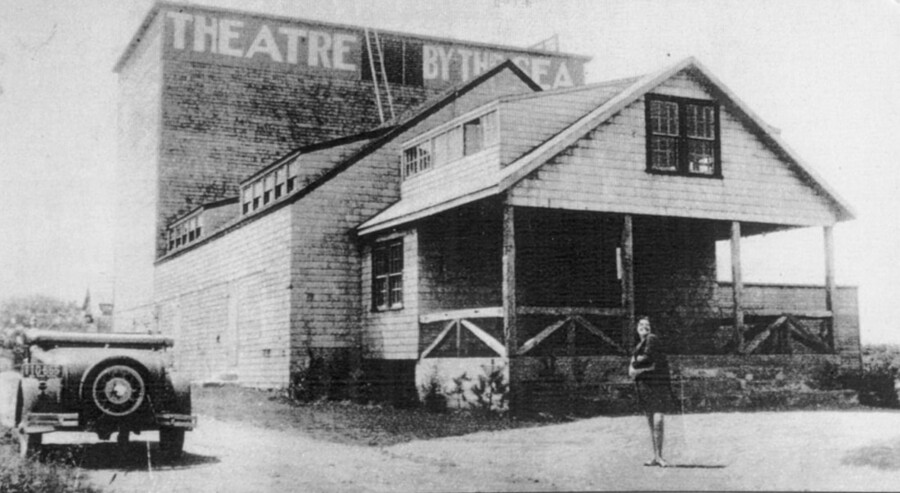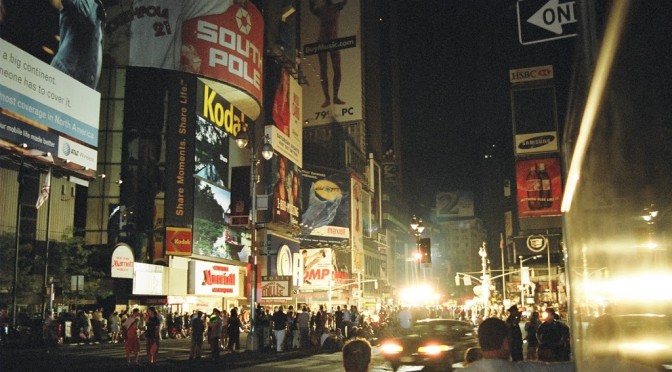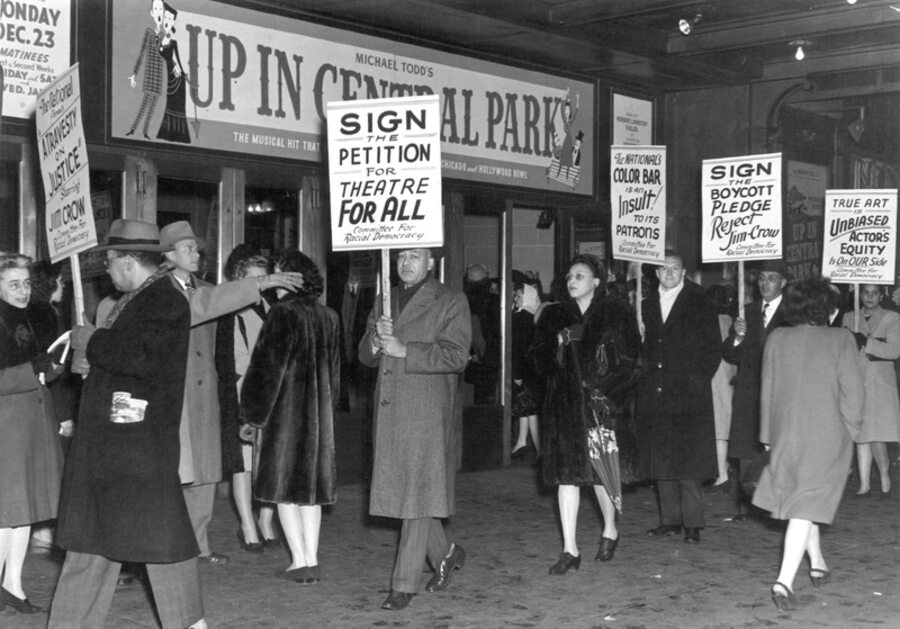August 1883 (140 years ago)

Oscar Wilde’s first play, Vera; or, The Nihilists, premiered at the Union Square Theatre in New York City. The 28-year-old artist had just completed a much-publicized speaking tour of the U.S. in 1882, reading from his newly published book Poems and monologuing on art and aestheticism. Vera; or, The Nihilists was to have its premiere in London, but was cancelled at the last moment. The U.S. rights to the play were purchased by William Perzel and his wife, actress Marie Prescott, and the show was staged in August 1883. The play is a romantic political drama set in Russia that follows the life and loves an innkeeper’s daughter wrapped up in the revolutionary tumult of Tsar Alexander II. Unfortunately, most critics did not warm to the production, and it was shuttered after a single week’s run. While the failure of this production stung the young Oscar Wilde, nine years later he redeem himself with his first major success on the stage, Lady Windermere’s Fan, produced at the St. James Theatre in London.
August 1933 (90 years ago)

The comedy Strictly Dynamite opened at the new Theatre By The Sea in Wakefield, R.I. Formerly a girl’s summer camp, the building was converted to a theatre by owner Alice Tyler, who convinced Leo Bulgakov, a former member of the Moscow Art Theatre, and British producer Leslie J. Spiller to plan a summer season for the theatre. As moderately successful Broadway producers, Bulgakov and Spiller saw the 300-seat theatre as a perfect space to try out new shows before possibly transferring them to Broadway. Not long after the first season, Alice Tyler replaced the two producers, and would replace them, too, the next year. The theatre eventually became a popular place for some of theatre’s biggest names to try out their work, premiering shows with Groucho Marx, Mae West, and Marlon Brando. The theatre continues to this day, primarily as a summer stock theatre.
August 1948 (75 years ago)
After much protest around D.C.’s National Theatre’s policy of banning Black audiences, Actors’ Equity contracts were amended to say, “The actor shall not be required to perform in theatre in Washington, D.C., where discrimination is practiced against any actor or patron of the theatre by reason of his race, color, or creed.” The road to this decision began in 1946, when Joan of Lorraine, a new play by Maxwell Anderson starring Ingrid Bergman, was to be staged at D.C.’s Lisner Auditorium, whose owners said they would follow the policy of the National Theatre in barring Black audiences (though Black performers were allowed onstage). The cast of Joan of Lorraine protested and picketed the theatre, kicking off a multi-faceted debate about segregation in D.C.’s theatres, hotels, clubs, and restaurants. By 1947, major theatre figures such as Oscar Hammerstein II, Helen Hayes, and various playwrights and artists signed a pledge to refuse work in any theatre in D.C. that discriminated against Black audiences or performers. Also in January of that year, Edward B. Henderson filed a suit against the National Theatre’s policy, saying the theatre’s unwillingness to sell him a ticket because he was Black was a violation of his civil rights. His suit was dismissed in June 1948, allowing the theatre’s policy to continue. Despite Equity’s stance in August 1948, the theatre’s policy would not change until new management took over in 1952.
August 1973 (50 years ago)

The Pumphouse Theatre in Alberta, Canada, opened with a weekend festival of plays and puppet shows. The brainchild of Joyce Doolittle, Pumphouse was created as a space for Calgarians to create their own art. In 1971, Doolittle noted that the city was holding on to an abandoned water pumping station that was only being used as city storage space. After some negotiation, the city agreed to lease the space as an arts venue. Eventually the pumphouse was given over to the Calgary Youth Drama Society, who opened the space with a mini festival. While Theatre Calgary had opened five years earlier and provided professional theatrical performances, Pumphouse Theatre aimed to become a hub for artistic practice for local artists and a space for educating youth in theatrical practices, and it has continued to be so for 50 years.
August 2003 (20 years ago)

Broadway and much of New York City went dark after a massive blackout shut down the city. Originating in the town of Ohio, N.Y., the blackout affected about 60 million people from upstate New York to Ottawa. Beginning at about 4 p.m. Eastern Standard Time on Thurs., Aug. 14, the electricity shut down, stranding people inside sweltering subway cars and high-rise buildings, and shutting down air conditioning on the 90-degree day. New York’s comptroller estimated that the shutdown cost the city about $1 billion, with Broadway losing about $1 million in ticket sales. The blackout lasted for about 30 hours, with many parts of the city gaining power earlier. Most shows made it back to the stage by Aug. 15.


